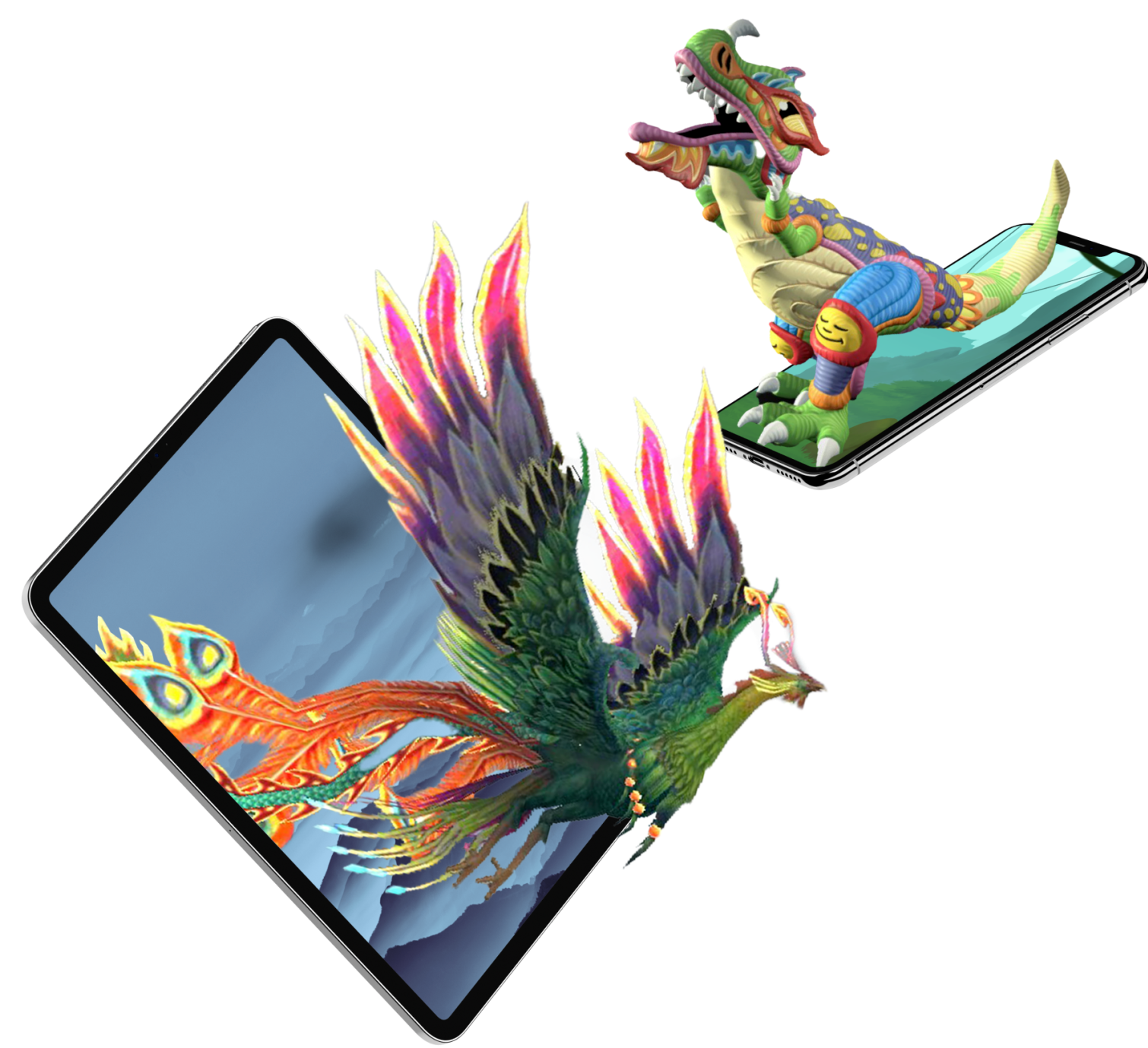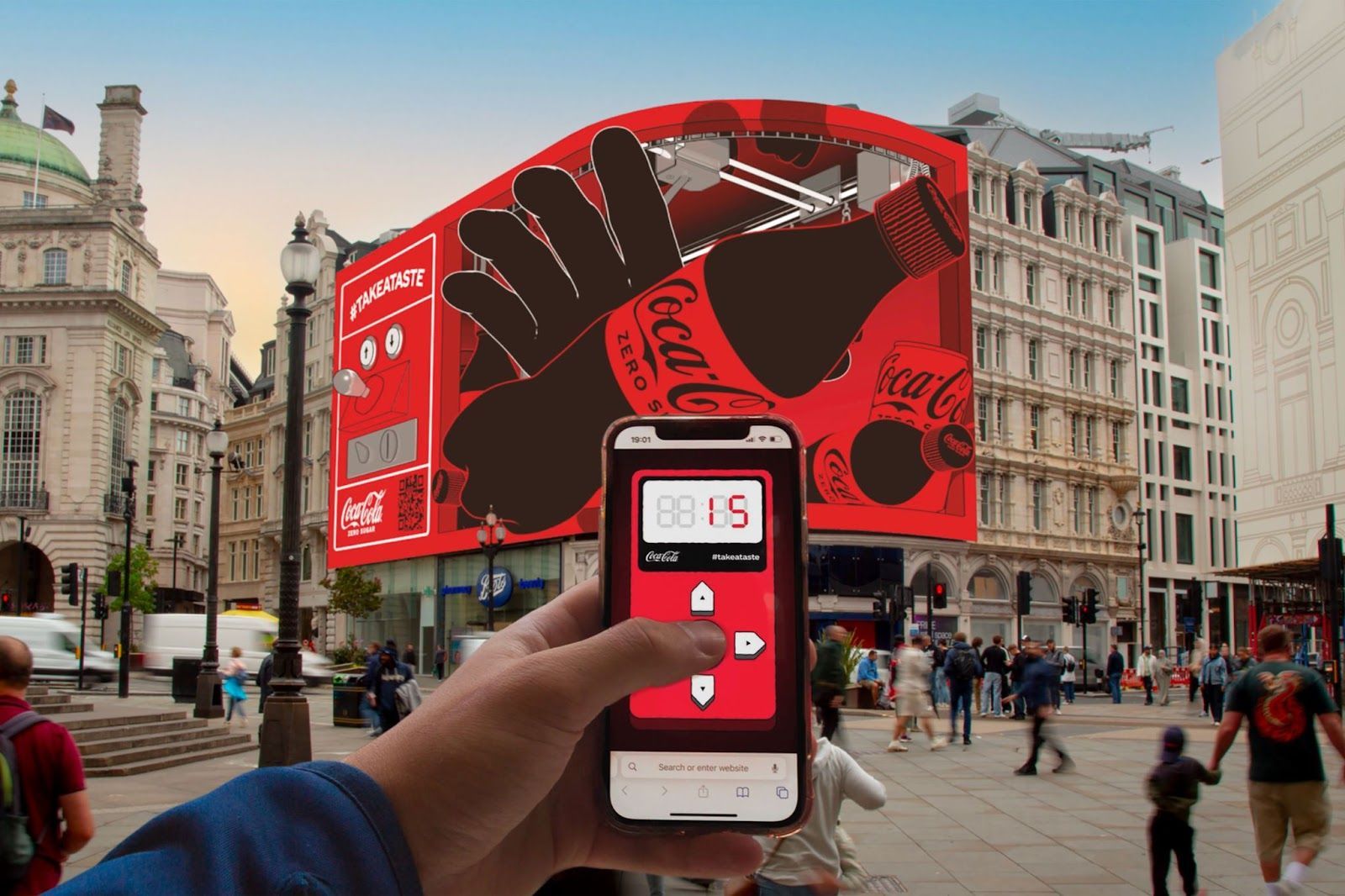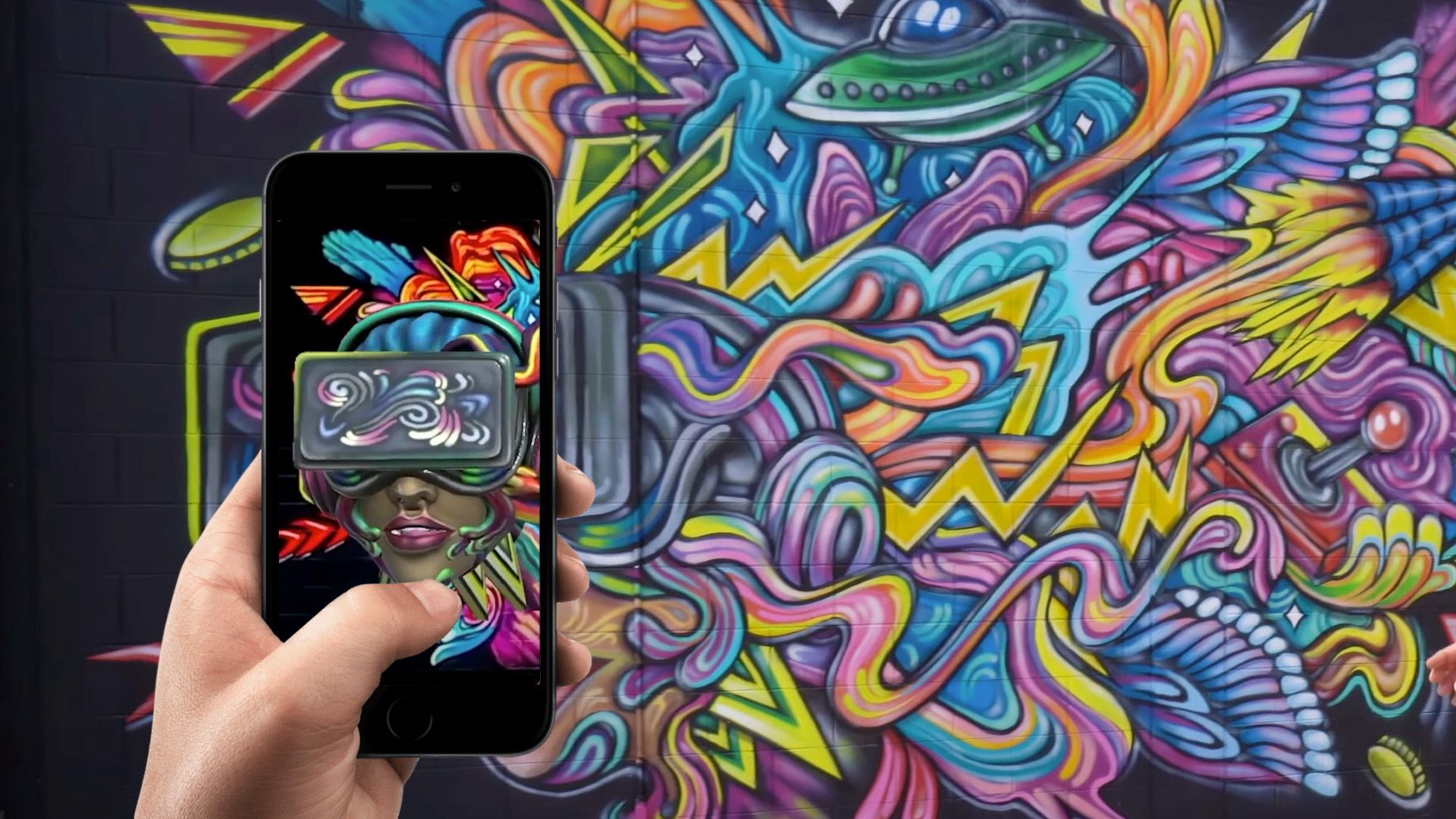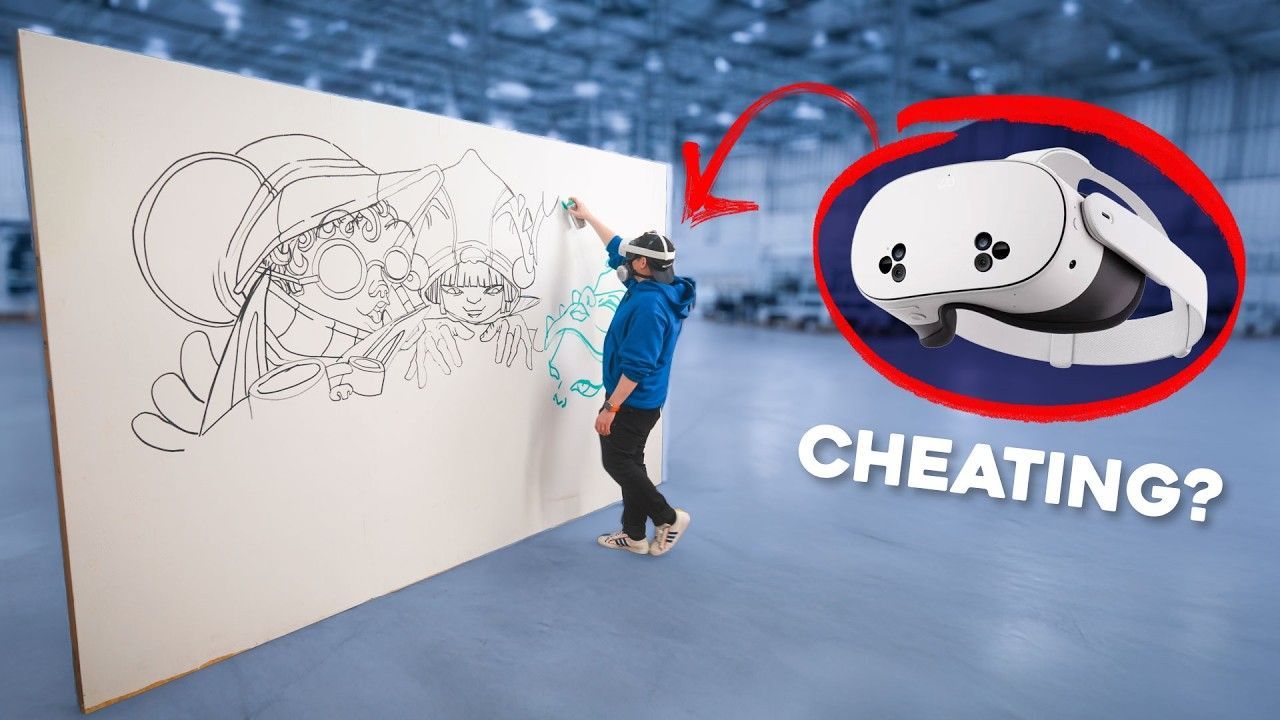The Ultimate Guide to Understanding AR and VR: A Dive into Digital Realities
Introduction to AR and VR
Augmented Reality (AR) and Virtual Reality (VR) represent two of the most exciting technological advancements of our time. While they are often mentioned in the same breath, they offer distinctly different experiences. AR enhances our reality by superimposing digital information onto our physical world, whereas VR transports us to entirely virtual environments. The journey of these technologies from conceptualization to mainstream adoption is a testament to human ingenuity and curiosity.
Defining Augmented Reality (AR)
Augmented Reality is a technology that layers computer-generated enhancements atop an existing reality to make it more meaningful through the ability to interact with it. AR is developed into apps and used on mobile devices to blend digital components into the real world in such a way that they enhance one another but can also be easily distinguished.
Explaining Virtual Reality (VR)
Virtual Reality, on the other hand, is an entirely immersive experience where a user is taken into a different, fully digital environment. This is usually achieved through a VR headset or helmet. VR allows us to experience and interact with a 3D world that isn't real by putting us inside an experience, instead of simply viewing a screen.
The Emergence of AR and VR Technologies
The emergence of AR and VR technologies can be traced back to the early days of computer graphics and simulation. However, it wasn't until recent years that these technologies began to truly flourish, thanks to advancements in computing power, graphics, and sensors. Today, AR and VR are on the verge of revolutionizing a multitude of sectors, from gaming and entertainment to education and healthcare.
Historical Evolution of AR and VR
The history of AR and VR is a fascinating journey through time, filled with significant milestones and groundbreaking innovations. This journey not only sheds light on the development of these technologies but also gives us a glimpse into the future.
Early Developments in AR and VR
The concept of AR and VR has been around for decades, with early developments dating back to the 1960s and 70s. These initial experiments set the stage for the future of immersive technologies.
Milestones in the AR and VR Journey
Key milestones in the evolution of AR and VR include the invention of the first head-mounted display systems, the development of virtual reality modeling language (VRML), and the introduction of smartphone-based AR applications. Each of these milestones has played a critical role in shaping the current landscape of AR and VR.
Recent Innovations in AR and VR
The last decade has seen a surge in AR and VR innovations. High-quality VR headsets have become more accessible, and AR has found its way into mobile devices, allowing for a range of applications from gaming to practical everyday uses.
Technical Foundations of AR and VR
Understanding the technical foundations of AR and VR is essential for appreciating their capabilities and potential. These foundations lay the groundwork for the myriad of applications these technologies offer.
Core Technologies Behind AR
AR technologies include computer vision, object recognition, and gesture recognition technology. These technologies allow AR devices to accurately interpret and interact with the real world.
Key Components of VR Systems
VR systems are primarily made up of head-mounted displays, motion tracking devices, and high-quality audio systems. These components work together to create an immersive virtual environment.
Software and Hardware Requirements
The software and hardware requirements for AR and VR systems vary based on the complexity of the application. High-end VR systems, for example, require powerful computers or consoles, while many AR applications can run on a standard smartphone.
User Experience in AR vs. VR
The user experience in AR and VR differs significantly, mainly due to the level of immersion and interaction with the digital world.
Interaction with the Digital World in AR
In AR, users maintain a connection with the real world while interacting with digital elements overlaid onto their environment. This integration allows for a more natural and intuitive user experience.
Immersion Experience in VR
VR offers a completely immersive experience that isolates the user from the physical world. This level of immersion can create highly realistic simulations, making VR ideal for applications like gaming and training.
Comparison of User Interfaces
The user interfaces in AR and VR also differ, with AR often utilizing more familiar touch and gesture controls, while VR interfaces can include specialized controllers and voice commands.
Applications of AR in Various Industries
AR has found applications in a wide range of industries, proving its versatility and transformative potential.
AR in Education and Training
In education and training, AR is used to create interactive, engaging learning experiences. It allows students to visualize complex concepts and practice skills in a safe, controlled environment.
Use of AR in Healthcare
AR is revolutionizing healthcare by providing advanced tools for surgery, medical training, and patient care. For example, AR can overlay critical information during surgical procedures, enhancing precision and safety.
AR in Retail and Marketing
In retail and marketing, AR offers unique opportunities for customer engagement and product visualization. Customers can, for instance,
try on clothes virtually or see
how furniture would look in their home before making a purchase.
VR's Impact on Entertainment and Gaming
VR's most notable impact has been in the realm of entertainment and gaming, where it has opened up new possibilities for immersive experiences.
VR in Video Games
VR has transformed the gaming industry by offering a level of immersion that traditional gaming cannot match. Players can fully immerse themselves in virtual worlds, enhancing the overall gaming experience.
Virtual Reality in Film and Television
In film and television, VR is used to create immersive, interactive narratives. It allows viewers to step inside a story and experience it in a way that traditional media cannot provide.
VR Concerts and Events
VR technology is also being used to host
virtual concerts and events, allowing people to attend performances from anywhere in the world. This has especially become popular as a safe and convenient alternative during times of global health concerns.
Practical Uses of AR in Daily Life
AR technology is increasingly becoming a part of our daily lives, offering practical and convenient applications.
AR for Navigation and Maps
One of the most common uses of AR is in navigation and maps. AR can overlay directions onto the real world, making it easier to navigate unfamiliar locations.
Everyday AR Apps
There are numerous AR apps available for everyday use, ranging from educational tools to entertainment and social media applications. These apps utilize AR to enhance the user's daily experiences and interactions.
Augmented Reality in Social Media
Social media platforms have embraced AR to offer users new ways to interact and express themselves. AR filters and lenses have become particularly popular, allowing users to modify their appearance or environment in real-time.
The Role of VR in Professional Training
VR has become an invaluable tool in professional training, offering realistic simulations and environments for skill development.
VR in Medical Training
Medical training has been revolutionized by VR, providing students and professionals with realistic simulations to practice procedures and diagnose conditions.
Virtual Environments for Military Training
The military uses VR for various training scenarios, from combat simulations to medical training, offering a safe and controlled environment for soldiers to develop their skills.
VR in Aviation and Space Simulations
VR is also used extensively in aviation and space training, allowing pilots and astronauts to experience realistic simulations of flying and space missions.
The Intersection of AR and VR with AI
The integration of Artificial Intelligence (AI) with AR and VR is opening up new frontiers for these technologies.
AI Enhancements in AR Experiences
AI is used to enhance AR experiences, making them more interactive and intelligent. For example, AI can be used for facial recognition in AR filters or for improving the accuracy of AR navigation systems.
Virtual Assistants in VR
AI-powered virtual assistants are being integrated into VR systems, providing users with personalized experiences and assistance within virtual environments.
Future of AI in AR and VR
The future of AR and VR is closely tied to the advancements in AI. As AI technology evolves, we can expect AR and VR experiences to become more sophisticated and seamless.
Challenges and Limitations of AR and VR
Despite the tremendous potential of AR and VR, there are several challenges and limitations that need to be addressed.
Technical Challenges in AR and VR Development
Technical challenges, such as improving resolution, reducing latency, and enhancing battery life, are ongoing concerns in the development of AR and VR technologies.
Privacy and Security Concerns
Privacy and security are significant concerns in AR and VR, especially as these technologies become more integrated into our daily lives. Ensuring user data protection and preventing unauthorized access is crucial.
Accessibility and Affordability Issues
Accessibility and affordability remain barriers to widespread adoption of AR and VR. These technologies need to become more user-friendly and affordable to reach a larger audience.
Future Trends and Predictions in AR and VR
The future of AR and VR is bright, with several trends and predictions indicating continued growth and innovation.
Upcoming Innovations in AR
We can expect to see further advancements in AR, including more realistic and interactive experiences, broader application in various industries, and increased integration with other technologies.
The Future Landscape of VR
The future landscape of VR is likely to include more immersive and diverse experiences, greater adoption in fields like education and healthcare, and continued innovation in VR hardware.
Predictions for the Next Decade
Predictions for the next decade suggest that AR and VR will become an integral part of our lives, transforming how we work, learn, and entertain ourselves. The boundary between the digital and physical worlds will continue to blur, creating new opportunities and challenges.
What is the Difference Between AR and VR?
When it comes to understanding the key differences between AR and VR, it's essential to focus on their unique features and capabilities
Direct Comparison of AR and VR
AR enhances our real-world environment by overlaying digital information, while VR creates a completely virtual environment. The level of immersion and interaction with the digital world is fundamentally different in each.
Unique Features and Capabilities
AR offers the ability to interact with both the real and digital worlds simultaneously, making it more versatile for everyday use. VR, however, provides a fully immersive experience, making it ideal for applications requiring complete focus on the virtual environment.
Choosing Between AR and VR
The choice between AR and VR depends on the specific needs and applications. AR is more suitable for applications that require a blend of real and virtual elements, while VR is better for situations where complete immersion is desired.
Consumer Perspectives on AR and VR
Understanding consumer perspectives on AR and VR is crucial for predicting the future of these technologies.
User Reviews and Experiences
User reviews and experiences provide valuable insights into the strengths and weaknesses of AR and VR technologies. These perspectives help developers refine and improve their offerings.
Market Trends and Consumer Preferences
Market trends and consumer preferences indicate a growing interest in AR and VR, with an increasing demand for more immersive and interactive experiences.
Public Perception of AR and VR Technologies
The public perception of AR and VR technologies is generally positive, with excitement about their potential to transform various aspects of our lives. However, concerns about privacy, health, and safety remain.
FAQs About AR and VR
In this section, we address some of the most common questions and misconceptions about AR and VR.
- What are the main differences between AR and VR?
- Can AR and VR be used for educational purposes?
- Are there any health concerns associated with using AR and VR?
- How is AR changing the way we shop?
- What are the future prospects for VR in the entertainment industry?
- Is VR only for gaming, or does it have other applications?
Conclusion: The Future of AR and VR
In conclusion, AR and VR are transformative technologies that offer a glimpse into the future of digital interaction. While they differ in terms of
TALK TO A PRO
We're here to bring your brand to life!
Stay Connected with BrandXR
Create Augmented Reality for Free!
Create, Publish, and Measure 3D Augmented Reality Experiences Without Having to Code.














